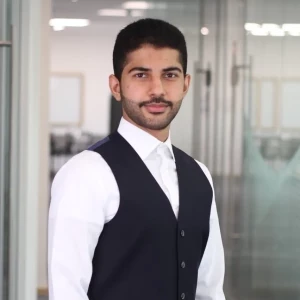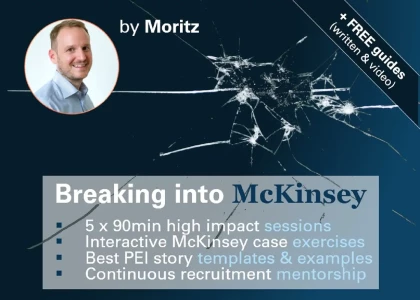Hi there!
Even after a lot of case solving, I have trouble driving the case when many exhibits are dropped one after another.
Overwhelmed by one graph, and sometimes lacking to do the right math( forgetting the bigger picture), and then goes on to affect the rest of the case as well.
Appreciate any inputs on practising better cases as well. Where can I find cases with a lot of exhibits, and difficulty. If I've already gone through MBA school case books INSEAD, IESE, Duke etc.
Appreciate any thoughts on what I can do, with 1 week left to Final round at Strategy &
Cheers!
















